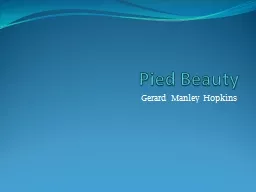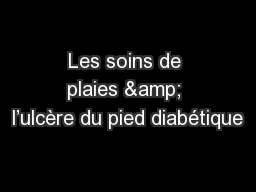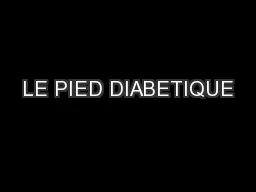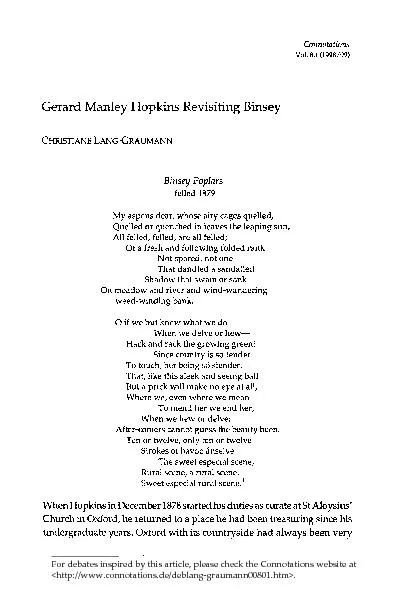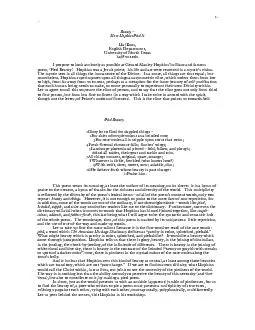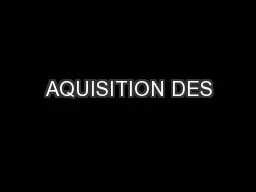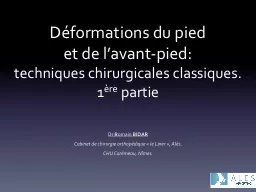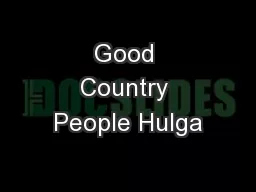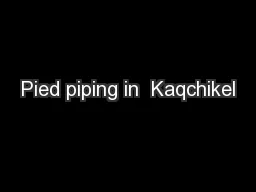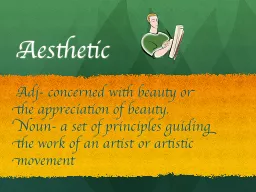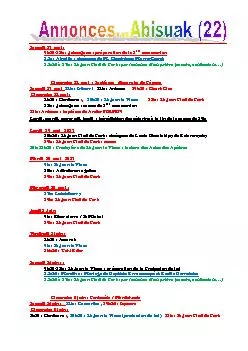PPT-Pied Beauty Gerard Manley Hopkins
Author : tatyana-admore | Published Date : 2018-03-08
Colours Choose two of these pictures and describe them by comparing them to other thingsie use a simile or metaphor Particularly focus on the colours eg the patchwork
Presentation Embed Code
Download Presentation
Download Presentation The PPT/PDF document "Pied Beauty Gerard Manley Hopkins" is the property of its rightful owner. Permission is granted to download and print the materials on this website for personal, non-commercial use only, and to display it on your personal computer provided you do not modify the materials and that you retain all copyright notices contained in the materials. By downloading content from our website, you accept the terms of this agreement.
Pied Beauty Gerard Manley Hopkins: Transcript
Download Rules Of Document
"Pied Beauty Gerard Manley Hopkins"The content belongs to its owner. You may download and print it for personal use, without modification, and keep all copyright notices. By downloading, you agree to these terms.
Related Documents

